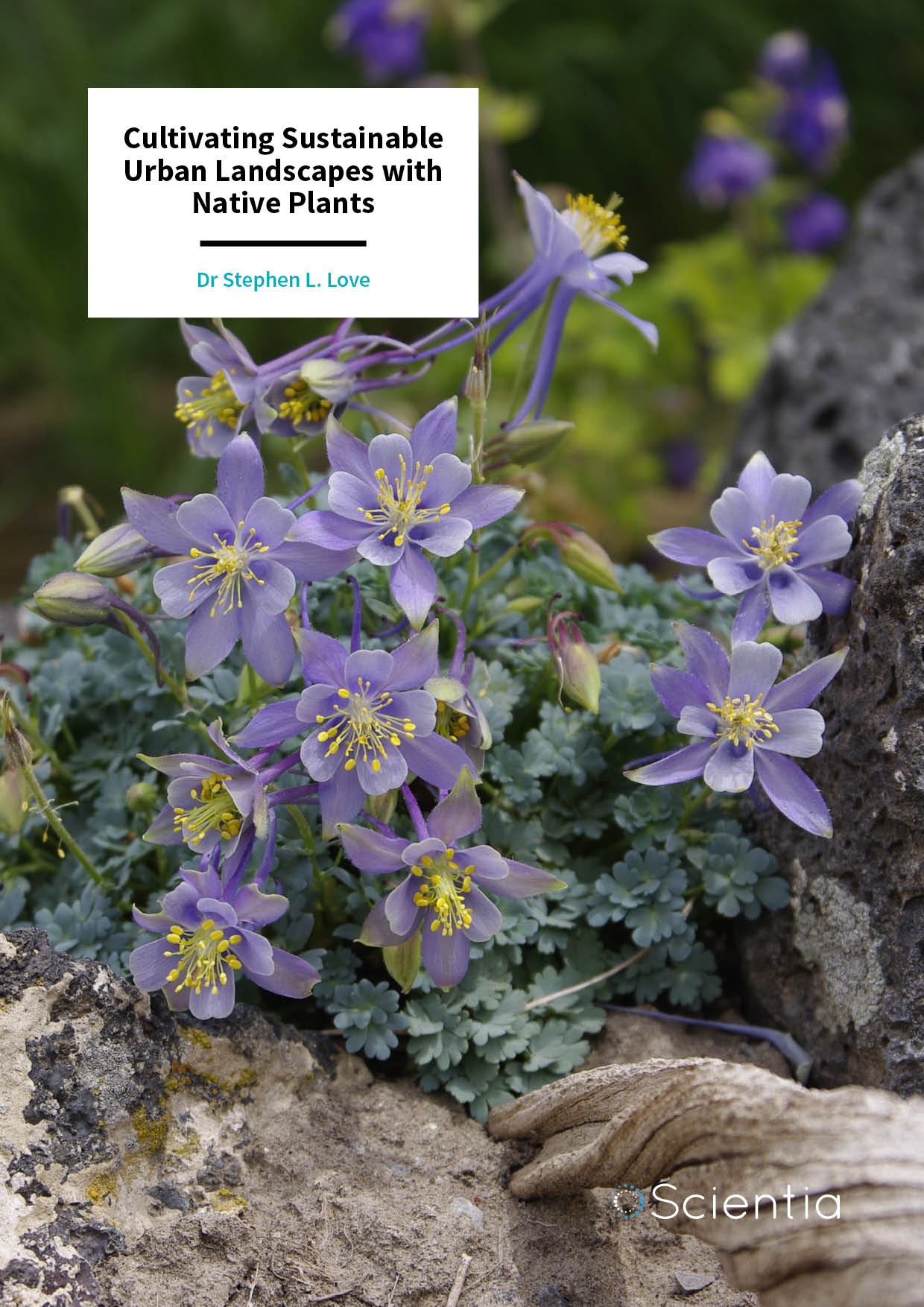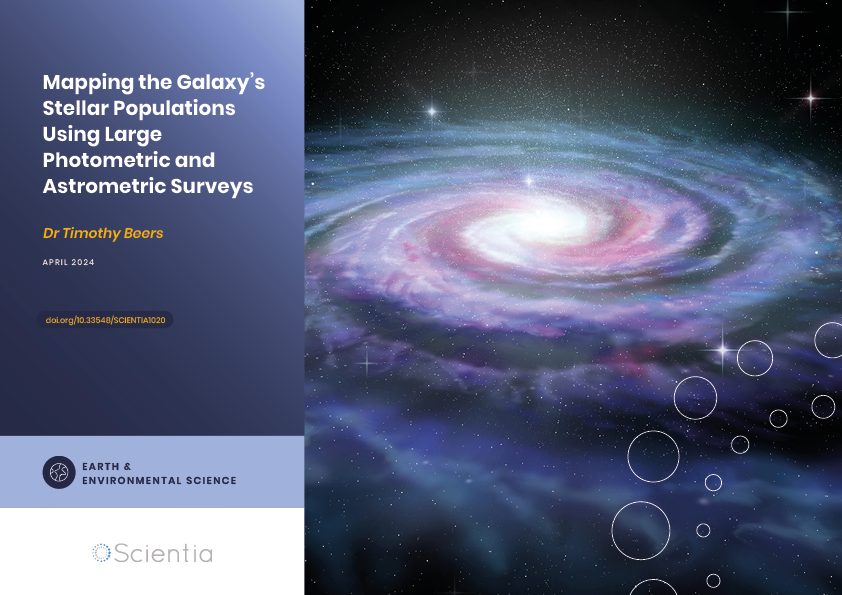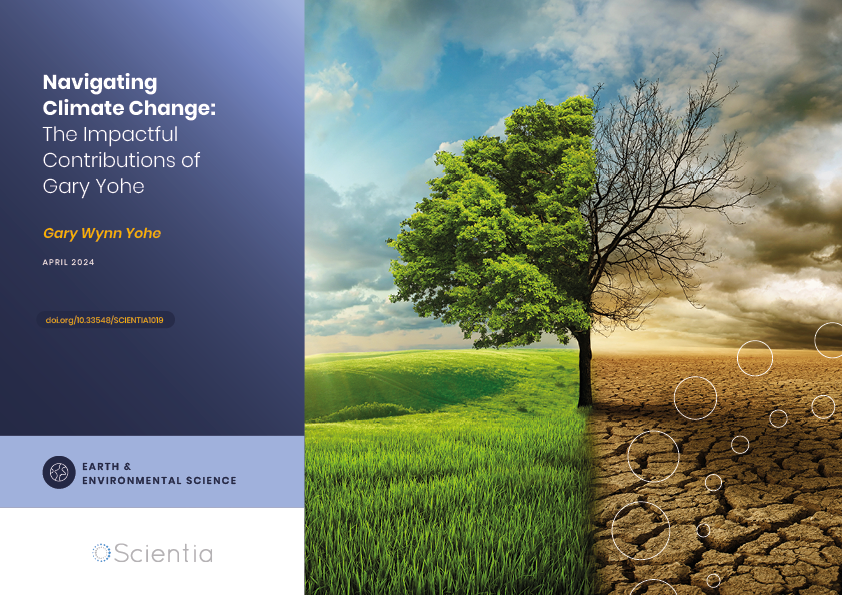Dr Stephen Love | Cultivating Sustainable Urban Landscapes with Native Plants
Landscapes exist on a spectrum – from those with minimal human impact, to urban sites wherein most natural features have been destroyed. As disturbed urban sites become more geographically prominent, imperatives to create managed urban habitats that provide societal and environmental services are increasingly urgent. Using native plants is a core principle of sustainable urban design, yet we lack standardised protocols to produce enough native plant products to meet demand. Dr Stephen Love at the University of Idaho has employed his expertise in plant breeding to develop high-throughput native plant domestication processes, to enhance offerings of native plants to people who wish to transform personal and public spaces into attractive, resilient ecosystems.
Urban Ecology
Preserving the Earth’s remaining wilderness areas will not be enough to tackle global climate change and ecological collapse. Instead, we must integrate ecological resilience into areas where humans and wildlife coexist. By recognising that humans are part of the natural landscape rather than separate from it, we can jointly address the needs of wildlife, ecosystems and humans with intelligent, sustainable design.
With a growing global interest in the intersection between wild and urban spaces, more organisations and individuals are searching for ways to improve the ecological resilience of private and public spaces. However, many public areas and gardens are intensively managed, displace native habitats, and require unsustainable amounts of irrigation, fertiliser and pesticides.
Native plants play a crucial role in urban and agricultural ecological restoration. For example, many farmers plant tree hedges as windbreaks, which also provide native habitat for birds and mammals that naturally prey upon common agricultural pests.
Indeed, many different restoration efforts revolve around native plants. Without them, native wildlife health decreases, and essential ecosystem services, such as water purification and soil regeneration, weaken.
However, with an eye toward aesthetics over sustainability, many public areas are dominated by non-native, ornamental species. The cultivation of non-native plants in areas that are quite different from the habitats in which these species evolved requires intensive management to mimic the plants’ ideal growing conditions. On the other hand, plants that are endemic to a region already have adaptations to survive and thrive within that particular environment.
However, native plant production has not traditionally been lucrative. Unlike the case for ornamental species, we do not have processes in place to cultivate enough viable native plant products for revitalising urban areas. To meet demand, we must create new, exciting, and attractive native plant products, make them easily available to consumers, and create efficacious propagation protocols so the plants provide an economically viable option for nurseries.
Dr Stephen Love of the University of Idaho Aberdeen Research and Extension Center recognised that consumers in arid climates of the western US are interested in creating sustainable urban spaces, but they lack access to a palette of native plants of sufficient variety, quality, and quantity to make it practical.
In 2005, he began a native plant domestication program to meet regional consumer needs. His team created a stepwise approach for collecting, evaluating and domesticating native plants, while maintaining their habitat-supportive characteristics. Their approach also involved developing propagation protocols that nurseries could easily adopt. The idea was to create a large palette of nursery products that are attractive to the consumer while also being suitable for nursery production.
‘This domestication project is unique in design and operation with respect to its potential for producing large numbers of new native plant products that retain the ability to provide ecological services,’ says Dr Love. ‘The adopted approach is proving effective in providing large numbers of native species with potential to transform global urban horticultural practices and make native plant products competitive alternatives to exotic options currently available.’
The ecological benefits of this project are numerous. ‘Issues such as reducing the use of potentially invasive exotic species, developing diversity in urban landscapes, creating urban habitat for small animals, and supporting pollinators, can all be addressed with native plants,’ explains Dr Love.
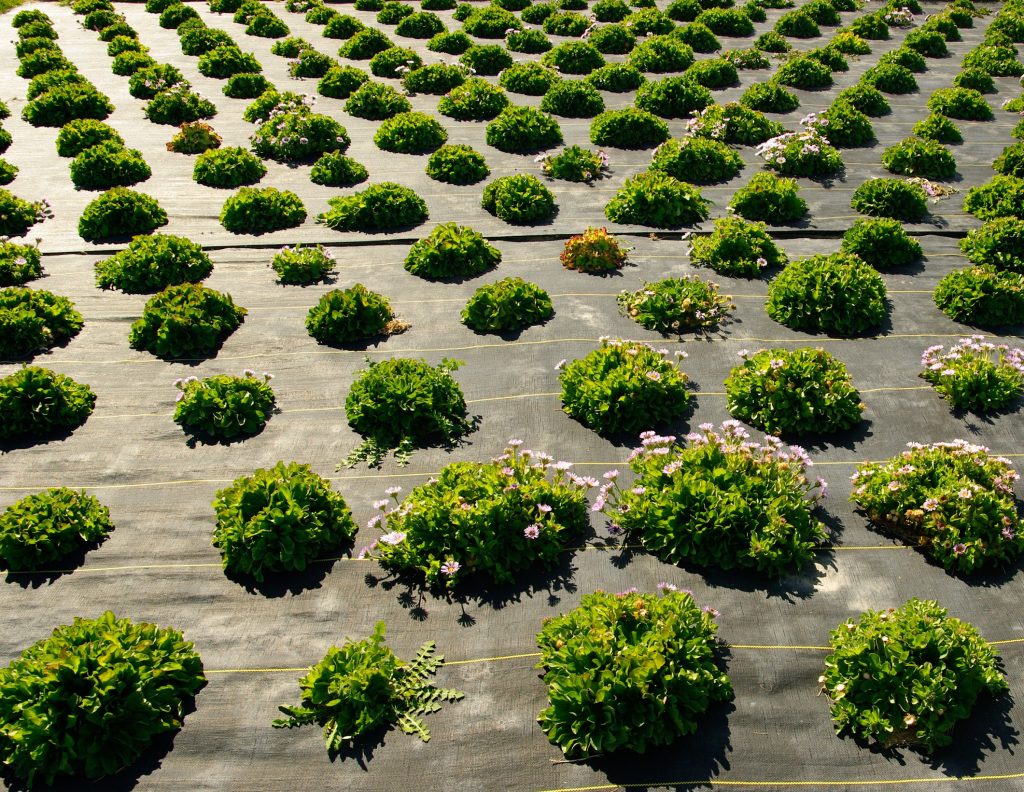
Sourcing Native Seed
To begin his native plant domestication project, Dr Love needed seeds and cuttings from plants with ornamental potential. First, he identified specific groups of species that had characteristics that would allow them to perform well in urban landscapes in the Intermountain West region of the USA. In an extensive collection campaign, his team conducted forays as far north as the Canadian border, south to northern Arizona and New Mexico, east to the edge of the Great Plains, and west to the coastal ranges of Washington, Oregon, and California.
So far, Dr Love and his dedicated team of researchers have made over 4,000 collections of seeds and cuttings, and are planning more forays to new areas in Idaho and surrounding states. In August 2022, they plan a foray into the Chiricahua mountains of Arizona, and in June 2023, they hope to collect material from the Bighorn Mountains in Wyoming.
In addition to their own collection efforts, Dr Love’s team has found other sources of research material. ‘Over the years, we have worked to find other sources of starting material, such as professional collectors, native plant societies, interested colleagues, and the random person with interest in the project that drops off the occasional seed envelope,’ he says. As a result of their efforts, the team has acquired seeds from over 1,500 species that are native to the United States Intermountain West.
Evaluate, Refine, and Propagate
Wild populations of a given plant species can often comprise diverse individuals with unique appearances and qualities. As such, growing wild seeds can lead to variability that is not acceptable to the consumer. Additionally, plants taken from native habitats have characteristics that most gardeners may find frustrating to manage, such as limited flowering times and adaptation to a narrow set of growing conditions.
Thus, an essential part of Dr Love’s strategy was to evaluate each native species that his team collected to determine its capacity to satisfy the consumer’s preference for beauty and predicable performance, while also ensuring that it can withstand typical nursery handling procedures. To this end, they created a three-acre evaluation plot at the Aberdeen Research and Extension Center. Here, the researchers carefully monitor the horticultural quality and propagation efficiency of each ‘accession’ – a term referring to a group of seeds or cuttings from the same species collected from a single location on the same date.
To do so, Dr Love and his colleagues evaluate the tolerance of each accession, in terms of nursery handling procedures, winter cold, and garden pests. They also assess horticultural traits such as growth rate, bloom potential, bloom timing, flower colour, resistance to problems created by high pH soils, overall aesthetic value, and other characteristics. These assessments allow the research team to remove any inferior plants that cannot handle high volume propagation procedures or do not have the aesthetic qualities that most gardeners desire.
Any plants from an accession that pass the first phase of the evaluation process are moved through a progressive cycle intended to partially domesticate the species without hybridisation, and develop high-value, uniform plant lines. The number of selection cycles is dictated by the plant’s performance in the previous cycle and may be repeated through four to five generations. Afterwards, the researchers move the improved plant lines into ‘increase blocks’, where the plants are grown until transferred to an industry partner.
This simple, systematic, cyclical approach allows for assessments to be completed on hundreds of native species simultaneously – as opposed to more common research protocols that result in intensive research on one or a few species. The team’s approach has resulted in the development an extensive palette of native plants that are attractive to consumers, provide ecosystem services and are easy to mass-produce.
‘To date, we have released over 100 domesticated native plant products to the nursery industry, and about 60 of those products are currently being produced commercially,’ says Dr Love. ‘And the pipeline is full, meaning a continuous supply of native plant products will be released and marketed in the next few years. The long-term potential is incredible.’
As part of this product development process, Dr Love’s team has conducted research to develop or improve propagation protocols for many native species, most of which have never been exposed to standard nursery practices. For example, they have published several papers on improved techniques for enhancing the germination rates of seed-propagated plants.
One example is Castilleja, commonly known as Indian Paintbrush. An emblematic wildflower of the western US, Castilleja is beloved but is very difficult to propagate. This is because it is a partially parasitic plant, and so must be grown with a host to perform well. In a 2017 paper, the researchers provided key propagation protocols focusing on planting Castilleja with suitable companion species. The team has also performed research to determine the optimal conditions and procedures for plants propagated by cuttings.
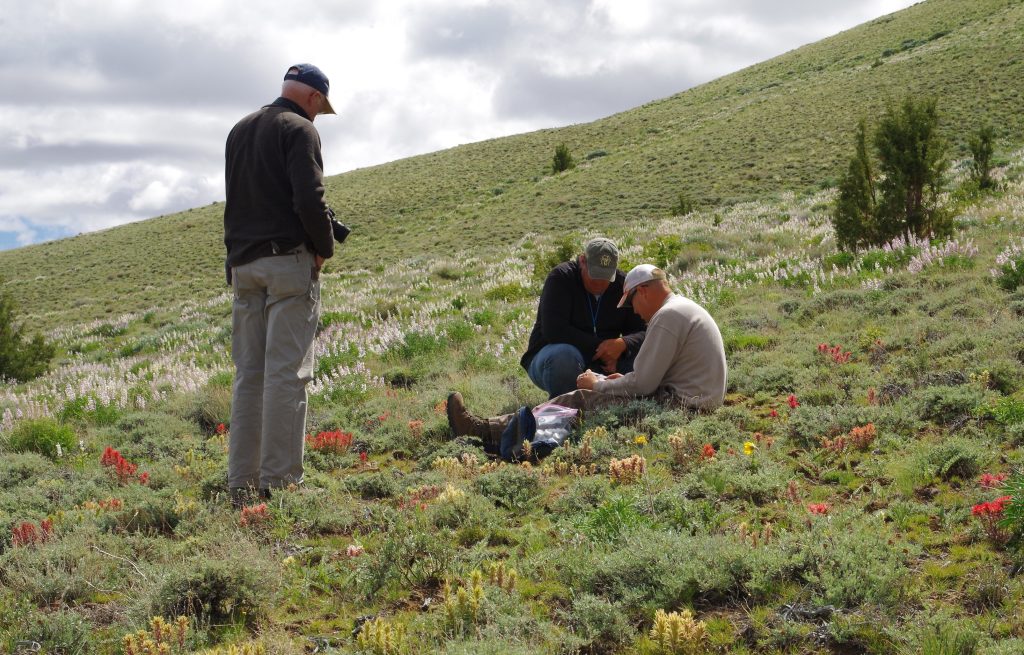
Finding Industry Partners
A critical yet underappreciated aspect of applied research is to find the right industry partner to connect applied science with public interest and usage. In this case, the University of Idaho signed a partnership agreement with Conservation Seeding and Restoration to create Native Roots, LLC, a nursery in Twin Falls, Idaho.
Native Roots, LLC has first right of refusal to all native plant products developed by the University of Idaho native plant domestication project. They have built up stocks of plants to provide commercial scale seed increase and vegetative cutting blocks, greenhouses, handling and growing equipment, and storage facilities at their site in Filer, Idaho. They also market and ship both wholesale and retail products from the nursery. As a result, Dr Love, in partnership with Native Roots, LLC will have a direct and lasting impact on the competitiveness and profitability of Idaho’s native plant production industry. Now, consumers who want to cultivate native plants will have diverse options.
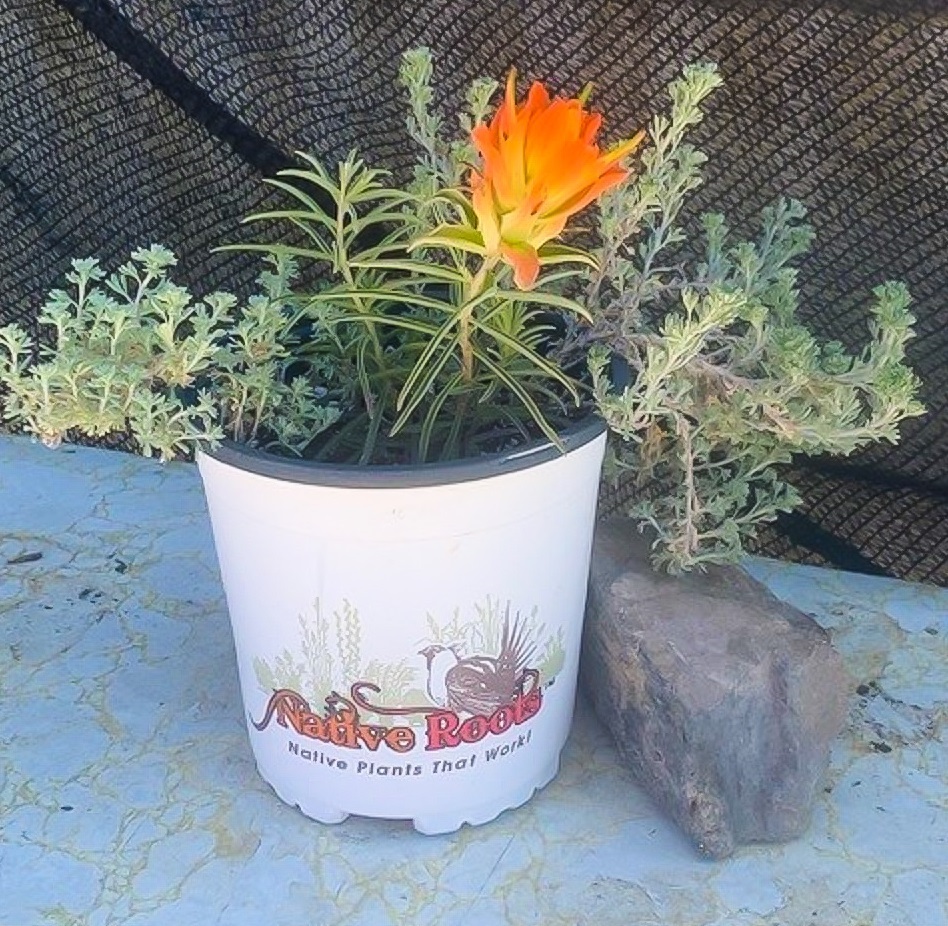
Successes So Far
Through their research, standardised domestication procedures, and industry partnerships, Dr Love’s team is making it easy for ecologically-minded consumers in Idaho and throughout Intermountain West to purchase and plant native species that will thrive in their gardens. The team’s systematic process of acquiring, evaluating, selecting, and releasing native plant products to the Idaho nursery industry has made it easier for consumers to transform their landscapes into diverse, beautiful and sustainable habitats. The project has already reduced the cultivation of exotic plants, increased diversity in urban landscapes, reduced water consumption, created habitat for native wildlife, and supported threatened pollinators.
With more plant species expected to be released in the coming years, Dr Love and his team have transformed the native plant industry in the Intermountain West region. Perhaps even more importantly, the methodological processes they have developed can be used in any region in the world, towards the creation of sustainable, ecologically-rich landscapes.
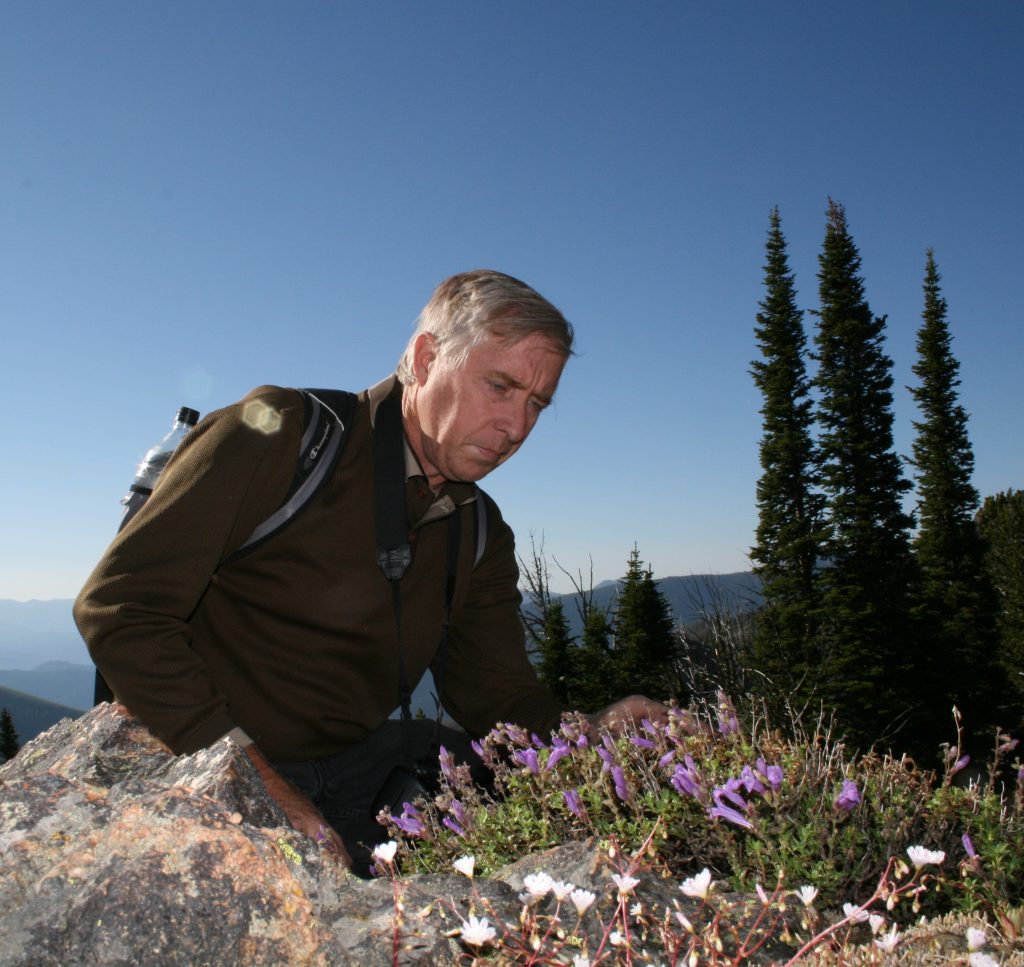
SHARE
DOWNLOAD E-BOOK
REFERENCE
https://doi.org/10.33548/SCIENTIA834
MEET THE RESEARCHER

Dr Stephen L. Love
Aberdeen Research and Extension Center
University of Idaho
Aberdeen, ID
USA
Dr Stephen Love has three decades of experience in applied plant science research. After earning his PhD in Horticulture and Plant Physiology at Clemson University in South Carolina, Dr Love moved to the University of Idaho, where he is now an Extension Professor of Horticulture. Since 2005, he has served as the State-Wide Urban Horticulture Specialist, providing leadership to a Horticulture and Small Farms Team in which he trains team members and facilitates development of public education programs on topics related to water conservation, landscape management, and gardening. Associated with these educational activities, Dr Love created and directs a research program designed to domesticate native plants with goal to conserve water, create biologically diverse urban habitats, and provide support for threatened pollinators. The native plant domestication program is conducted at the University of Idaho’s Aberdeen Research and Extension Center. Dr Love bridges applied research, industry marketing, and public education to provide native plant products to ecologically minded consumers.
CONTACT
W: https://www.uidaho.edu/cals/plant-sciences/our-people/stephen-love
KEY COLLABORATORS
United States Department of Agriculture-United States Forest Service
United States Department of Interior-Bureau of Land Management
Ben and Katie Pierce – technical assistants for the native plant project
Steven Paulsen – owner and operator of Native Roots, LLC
FUNDING
Idaho Nursery and Landscape Association
United States Department of Agriculture-Agricultural Marketing Service
United States Department of Agriculture, Western Education and Research Activity (WERA-1013)
FURTHER READING
A Paudel, Y Sun, LA Rupp, JG Carman, SL Love, Vegetative propagation of Ceanothus velutinus using stem cuttings, Native Plants, 2022, 23, 123-129.
SL Love, T Salaiz, WJ Price, Selectable variation for essential turfgrass quality traits among and within Idaho fescue (Festuca idahoensis) accessions, Native Plants, 2021, 22, 13-29.
LA Rupp, RM Anderson, J Klett, SL Love, J Goodspeed, J Gunnell, Native and Adapted Plant Introduction for Low-water Landscaping, HortTechnology, 2018, 28, 431-435.
AA Alosaimi, RR Tripepi, SL Love, Micropropagation of Epilobium canum garretti (Firechalice) by axillary shoot culture, HortScience, 2018, 53.
SL Love, TA McCammon, Compatible host/parasite pairs enhance propagation of paintbrush (Castilleja spp.), Native Plants, 2017, 18, 253-265.
SL Love, R Tripepi, T Salaiz, Influence of harvest timing and storage interval on rabbitbrush seed germination, emergence, and viability, Native Plants, 2014, 15, 98-108.

REPUBLISH OUR ARTICLES
We encourage all formats of sharing and republishing of our articles. Whether you want to host on your website, publication or blog, we welcome this. Find out more
Creative Commons Licence (CC BY 4.0)
This work is licensed under a Creative Commons Attribution 4.0 International License. 
What does this mean?
Share: You can copy and redistribute the material in any medium or format
Adapt: You can change, and build upon the material for any purpose, even commercially.
Credit: You must give appropriate credit, provide a link to the license, and indicate if changes were made.
SUBSCRIBE NOW
Follow Us
MORE ARTICLES YOU MAY LIKE
Dr Lifei Wang | Can Species Distribution Models Inform Us About Future Ecosystems?
The world is buzzing with news about how human activities and climate shifts are reshaping our ecosystems. Have you ever wondered how life will adapt to this rapidly changing world? Ecologists might be able to predict how different species will live in future using computer simulations. Dr Lifei Wang at the University of Toronto Scarborough investigates how different stimulations work under varying conditions to provide new insights into what may lie ahead.
Dr Michael Cherney – Professor Daniel Fisher | Unlocking Woolly Mammoth Mysteries: Tusks as Hormone Time Capsules
The impressive tusks found on proboscideans (the order of mammals that includes elephants, woolly mammoths, and mastodons) are like time capsules, preserving detailed records of their bearers’ lives in the form of growth layers and chemical traces. Frozen in time for thousands of years, these layers can unlock secrets about the lives of long-extinct relatives of modern elephants. Dr Michael Cherney and Professor Daniel Fisher from the University of Michigan used innovative techniques to extract and analyse steroid hormones preserved in woolly mammoth tusks. This ground-breaking work opens new avenues for exploring the biology and behaviour of extinct species.
Dr Timothy Beers | Mapping the Galaxy’s Stellar Populations Using Large Photometric and Astrometric Surveys
Astronomers often use spectroscopic (electromagnetic radiation) data and astrometric (motion and positional) data to develop working models describing our Galaxy. Dr Timothy Beers from the University of Notre Dame and his collaborators in Korea and China combined large photometric (visible light) surveys and astrometric data to create multidimensional maps of a large part of the Galaxy. By highlighting significant inhomogeneities in stellar-chemical compositions, motions, and spatial distributions, Dr Beers and his colleagues provide valuable insights into how we can advance our understanding of the formation and evolution of our Galaxy.
Professor Gary Yohe | Navigating Climate Change: The Impactful Contributions of Gary Yohe
Professor Gary Yohe is a distinguished environmental economist whose work has been pivotal in shaping our understanding of climate change impacts, adaptation strategies, and policy frameworks. His interdisciplinary approach combines economics with environmental science, offering nuanced insights into global warming and its multifaceted impacts on natural and human systems. Professor Yohe equips us with the knowledge and strategies needed to navigate the complex and pressing challenges posed by climate change.

